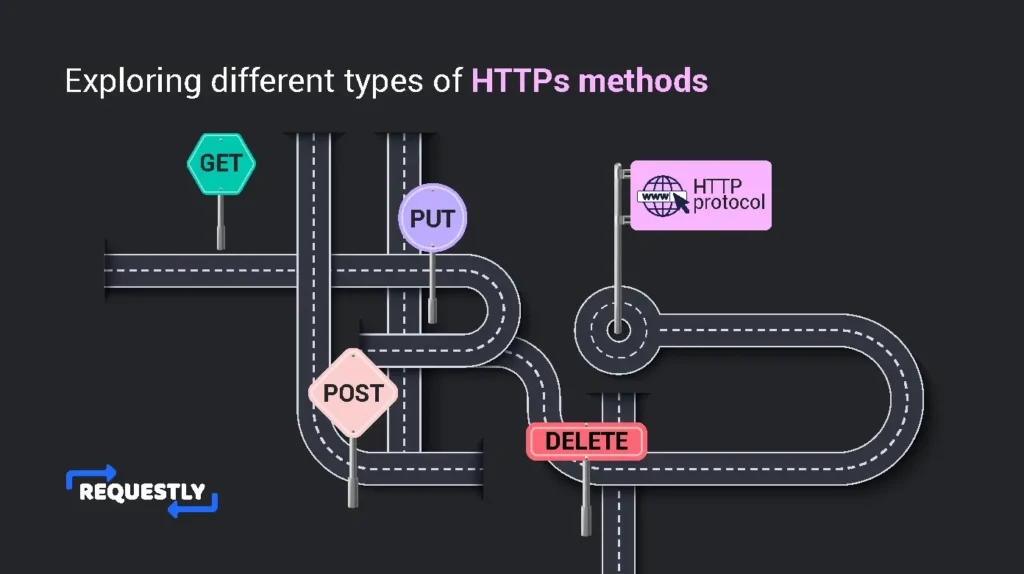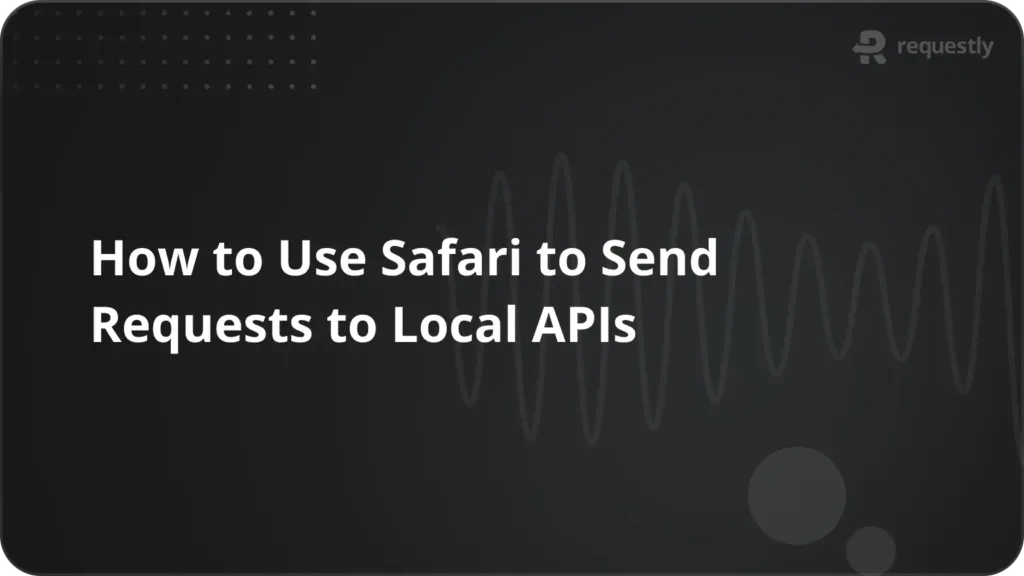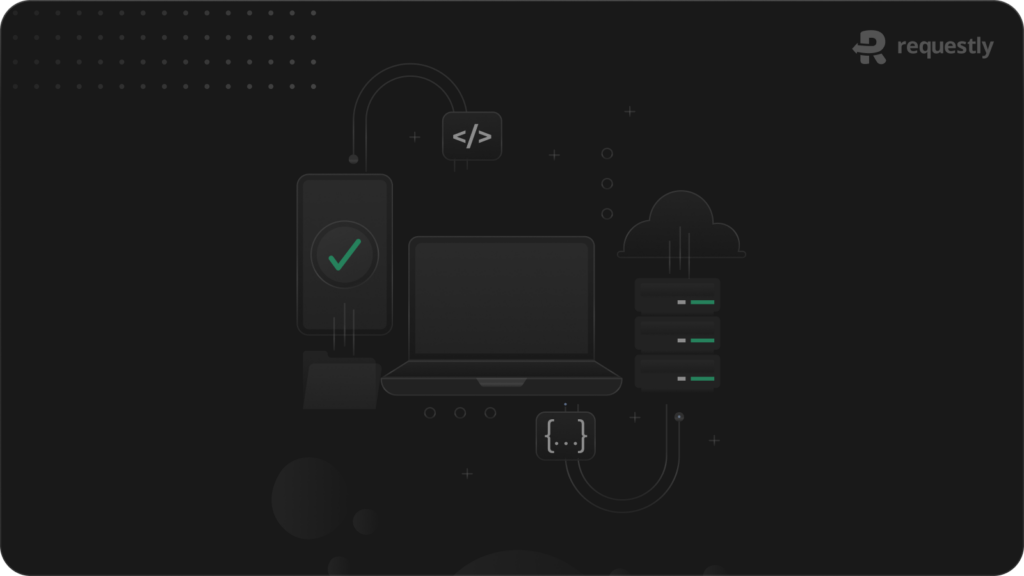GET vs POST vs PUSH HTTP Methods

Right now, as you are sitting and browsing this content, there is primarily one thing that is allowing communication between your web browser and this website, or any other website that you visit – Hypertext Transfer Protocol, or HTTP for short. HTTP is the foundational base of the World Wide Web.
HTTP functions like the nervous system of the World Wide Web. It is a set of commands and codes that signal data transmission’s ‘where’ and ‘how.’ HTTP, simply put, are the verb of the technological world.
Let us dive deeper and explore the nitty-gritty of HTTP and HTTP Methods.
Why HTTP?
HTTP has many features and benefits that help moderate the entirety of the World Wide Web. Wonder what makes it such a huge deal? Let’s dive in.
Global Accessibility
The World Wide Web exercises its functions through HTTP, which provides a communication channel between servers and clients. This channel ensures the transmission of data across all platforms. In doing so, it ensures universal accessibility of the web. Now Individuals and organizations can simply share complex, lengthy, and distributed data across the web, thanks to HTTP.
High Compatibility
HTTP is compatible with nearly every platform. This ease of employability with a vast range of platforms makes HTTP a sought-after choice for building web applications among developers.
Highly Comprehensive
Unlike many other protocols, HTTP has become famous due to its comprehensive nature. It is easy to understand and easily employable, making it easier for developers to create web applications and debug errors, leading to faster development.
Versatility
Added to its comprehensive nature, HTTP is also hugely versatile. HTTP can be easily deployed anywhere. No matter how seasoned of a developer you are, with the use of HTTP, you can build a resilient online platform for your personal and academic projects and your workspace.
Security
HTTP ensures high security and protection from third-party users. Through SSL/TLS encryption, HTTP ensures that the data transmitted from one point to another is secure and protected. This ability empowers people to share sensitive content over the internet without the fear of unbarred privacy.
Now that we have learned the many benefits of HTTP let us dig deeper into the various use cases of HTTP.
HTTP Use Cases: Few of Many
As we already discussed, HTTP is the primary communication protocol between the client and server. But that’s not it. From submitting forms to uploading files, HTTP comes with many use cases.
Safely Upload Files
With the security system offered by HTTP, users can safely upload files and share them with the servers over the web.
Methodized Data Exchange
HTTP provides a methodized format for data exchange, such as JSON, XML, and images. This plays an instrumental role in creating RESTful web services, allowing an immaculate communication channel between systems.
Accessing Web Pages
Thanks to HTTP, you are currently reading this on our website. As you search the internet, HTTP retrieves data from the server and delivers it to you with each request. Therefore, we can maintain a reliable mode of communication and exchange data over the internet due to HTTP.
Submission of form data
Transfer of form data from client to server and vice-versa through key-value pairs is also viable, thanks to HTTP.
Ease of API Integration
By anchoring HTTP, developers can enable information exchange between applications and systems. Consequently, this allows us to create complex applications that rely on multiple data sources.
Decoding The HTTP Request Structure
Requests and Responses are the primary message skeleton. The Request is at the starting point of the chain of communication on the World Wide Web.
Let us explore the request structure in HTTP.
Request Line
This three-part structure is the fine line of any HTTP request. It consists of the following:
– HTTP Method: The action command specifies the particular action to undergo. GET, PUT, PATCH, DELETE, and POST are commonly used HTTP Methods.
– Uniform Resource Identifier (URL): As the name implies, the URL identifies the resource. The resource can be anything from an image to a video.
– HTTP Version: This implies the type of HTTP protocol being deployed.
Headers
HTTP Headers are optional. They specify the additional information required for the execution of the Request. For example, users can add information such as the authentication credentials or the user agent. Headers are conveyed in paired key values.
Message Body
The Message Body is also an optional part of the Request Structure. However, the Message Body is commonly utilized when the resources need to be created or modified. HTTP Methods such as POST and PUT are examples of requests used here.
Introducing various HTTP Methods
HTTP Methods are the verbs of the tech world. Users can choose the action to be performed on the resource through various HTTP Methods, such as GET, POST, PUT, DELETE, PATCH, OPTIONS, TRACE, and CONNECT. Let us now explore some of the most commonly used HTTP Methods.
GET Method:
The GET Method is implemented to request the representation of a specific resource identified by the URL. The server then responds with the requested information via the message body. The GET Method is safe and idempotent, which signifies that it does have the ability to modify the resource. No matter how many times the GET Method is called, the resource state remains unchanged.
Use Case of the GET Method
The GET Method is used to retrieve anything that a URL can identify, such as web pages, images, videos, or binary, among others.
Example:
OPTIONS Method
The OPTIONS Method is used to send a request to the server with a URL identifying the resources. The server responds with the communication options available for a resource, say, a list of HTTP methods allowed for a specific resource.
Use Case of the OPTIONS Method
The client may retrieve the communication options or the HTTP methods allowed at a certain resource.
Example:
HEAD Method
The HEAD Method is used for retrieving only the headers and metadata of the request.
Use Case of HEAD Method
Use the HEAD Method to check for metadata, such as the file size of the last date of modification, without downloading the entirety of the resource.
Example:
POST Method
The POST Method is utilized to send an entity to the server, which is then processed to identify the status of the operation. The POST Method is not safe and idempotent. It can modify the state of the resource and create bugs and other limitations.
Use Case of the POST Method.
POST Method is employed for file Uploads, form submissions, or resource creation in RESTful API.
Example:
DELETE Method
The DELETE Method is used to request the deletion of the resource identified by a URL. On request, the server deletes the specified resources and returns a statement regarding the status of the operation.
Use Case of the DELETE Method
The DELETE Method is used for deleting user profiles or files in the RESTful API.
Example:
PUT Method
The PUT Method is used to create or update resources based on the client’s request. Clients can send an entity in the message body with the URL that identifies the resource required to be updated. The server operates on this entity, makes the required update and responds back with a message stating the status of the operation. It is a safe and idempotent method, meaning it can be called multiple times without any changes in the resource state.
Use Case of the PUT Method
The PUT Methods allows users to update their personal profile or blog posts on a website.
Example:
CONNECT Method
The CONNECT Method is used to create a network connection with the resource. It generally creates an SSL tunnel.
Use Case of the CONNECT Method
Use this method when you need to create a secure communication channel, such as SSL to converse with the server.
Example:
OPTIONS Method
The OPTIONS Method is used to send a request to the server with a URL identifying the resources. The server responds with the communication options available for a resource, say, a list of HTTP methods allowed for a specific resource.
Use Case of the OPTIONS Method
The client may retrieve the communication options or the HTTP methods allowed at a certain resource.
Example:
TRACE Method
The TRACE Method helps in getting back a diagnostic trace of whatever has been operated on a request message by a server. In this case, the server is sent a request by the client, identifying the resource with a URL. The server sends back the message giving the client the ability to see changes that have been made in the request message.
Use Case of the TRACE Method
This method is used by developers to find and identify any modifications made by intermediaries which may have resulted in bugs and errors. The TRACE Method is a seamless way to troubleshoot and trace errors.
Example:
PATCH Method
The PATCH Method is used to request a set of changes at the resource identified by the URL. The server then updates the changes and sends back the status of the operations.
Use Case of PATCH Method
This method is used to make minor updates to the resource in a RESTful API. This allows users to make only specific changes without disturbing the entire resource field.
Example:
Once we understand the basic functionality of all the methods let’s dive deeper into which method to choose. Read our blog on how to choose the right method.
for more convenient experience around HTTP(s) methods, get Requestly Today
Let us ditch manual work and let Requestly manage all your HTTP methods and rules with a simple click.
Contents
- Why HTTP?
- HTTP Use Cases: Few of Many
- Decoding The HTTP Request Structure
- Introducing various HTTP Methods
- GET Method:
- OPTIONS Method
- HEAD Method
- Use Case of HEAD Method
- POST Method
- Use Case of the POST Method.
- DELETE Method
- Use Case of the DELETE Method
- PUT Method
- CONNECT Method
- OPTIONS Method
- TRACE Method
- PATCH Method
- Global Accessibility
- High Compatibility
- Highly Comprehensive
- Versatility
- Security
- Methodized Data Exchange
- Accessing Web Pages
- Submission of form data
- Ease of API Integration
- Request Line
- Headers
- Message Body
- Use Case of the GET Method
- Use Case of the OPTIONS Method
- Use Case of the PUT Method
- Use Case of the CONNECT Method
- Use Case of the OPTIONS Method
- Use Case of the TRACE Method
- Use Case of PATCH Method
Subscribe for latest updates
Share this article
Related posts



 Requestly is now SOC 2 Compliant! Ensuring top-notch security and privacy for your data.
Requestly is now SOC 2 Compliant! Ensuring top-notch security and privacy for your data.















